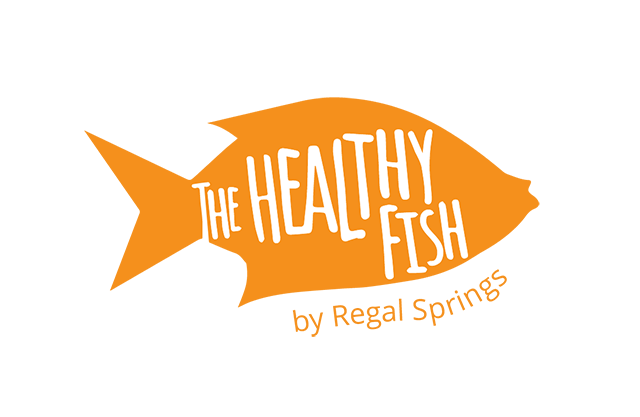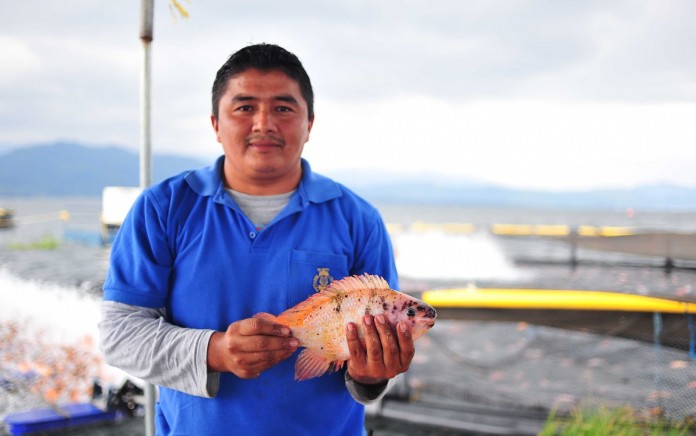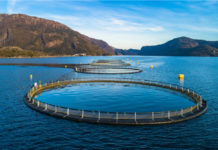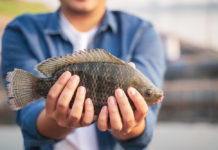At Regal Springs, none of their 100% all-natural Tilapia gets put to waste. Even though only 35% of the fish is cut into fillets or loins, the rest of the fish is distributed for reuse in other industries. This is because Regal Springs follows a strict zero-waste policy, meaning the company works every day to eliminate waste in landfills, starting with their processing line.
Zero-waste policies are nothing new, and many other companies have protocols for recycling and reducing waste. But what happens to the rest of the fish at Regal Springs? It might surprise you to see the different ways a fish can be reused!
Cosmetics
The scales are used to make cosmetics. Fish scales are routinely used in lipsticks and occasionally in lotions and powders to make the product look glittery.
Pharmaceuticals
Some fish skins are used in gelatin for pharmaceuticals. Gelatin is commonly used in the shell of the capsules for vitamins, minerals and medications.
Clothing
If not used for pharmaceuticals, Tilapia skins are sent out to be turned into leather. Leather made out of a fish may sound strange, but the scales on the skin give a textured appearance to the leather that cow skin can’t. Regal Springs has a sister company that tans them and turns them into clothing accessories, the most popular of which being belts.
Fuel
Fish oil and solids are separated in the production process, and can become animal feed or biodiesel fuel that powers trucks and other equipment. The effort to create animal feed out of fish solids is combined with Regal Springs‘ use of vegetarian feed for their Tilapia—both are ways to help eliminate the need for fish to be harvested just to become feed for other animals.
Clearly Tilapia are good for more than just eating! With every part of the fish being put to good use, Regal Springs is taking steps to reducing waste and keeping the earth a clean and beautiful place to live.
Photo credit: Regal Springs







